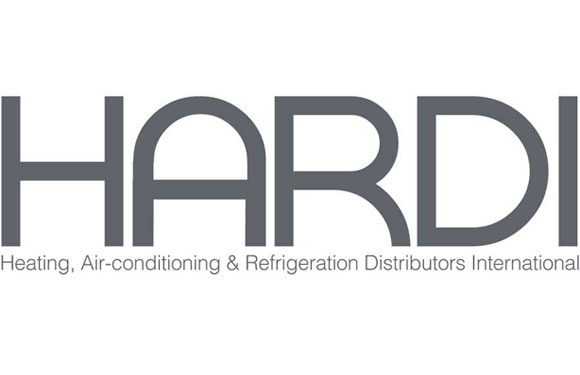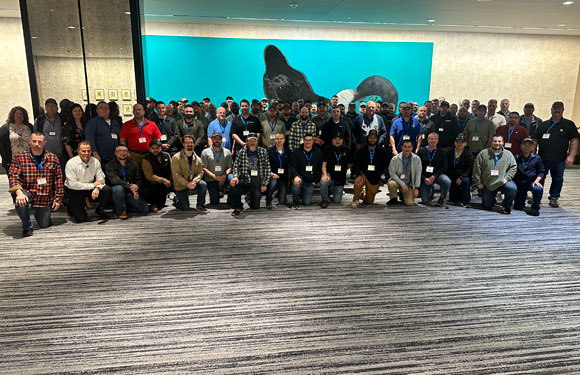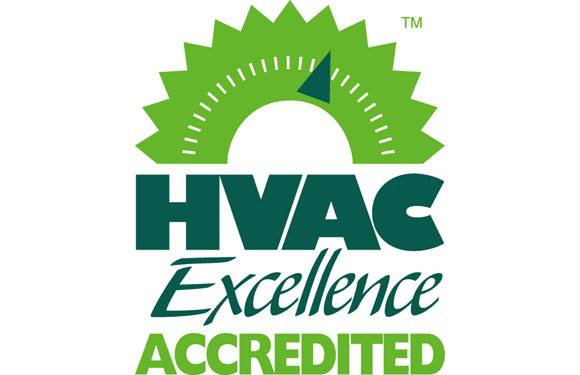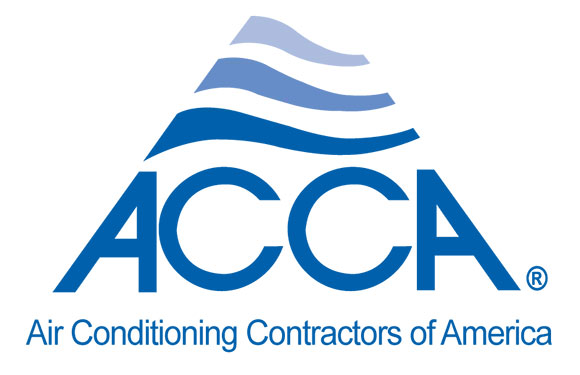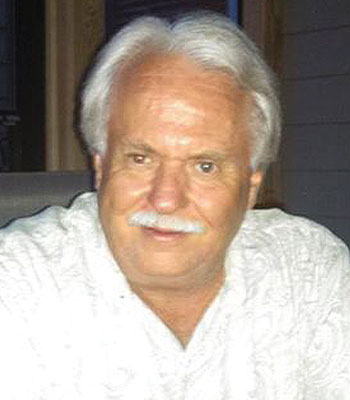
News
One Engineer’s Opinion: Why You Should Use Product-Integrated Direct Digital Controls
The product integrated controls that I am speaking of are Direct Digital Controls that are factory-installed in HVAC equipment. One of the major benefits of DDC Controls is that they can be monitored from computers or smart phones.
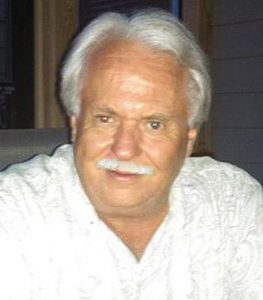
Many years ago, building owners hesitated to specify product integrated controls because they were proprietary. The manufacturer of the HVAC equipment could charge what they wanted and the owner was stuck.
However, again many years ago two main control platforms emerged that were open protocol. Open protocol means that any manufacture can use this with their Direct Digital Control system and other manufactures can provide controls to connect seamlessly. One protocol was BACnet and the other was LON.
BACnet was developed by ASHRAE. ASHRAE is the American Society of Heating Refrigeration and Air condition Engineers. For the most part BACnet was developed by members of ASHRAE volunteers. Therefore, this protocol is public domain. This means the DDC manufactures pay nothing to use it.
LON was developed by a company called Lonworks. If a DDC manufacturer uses it they must pay Lonworks.
BACnet and LON battled for years to be the dominate protocol. BACnet has won and LON is seldom used.
With this background, let’s discuss the benefit of Product Integrated DDC versus Field Installed Controls. With Product Integrated DDC you may get many more POINTS than Field Installed DDC. A point is a temperature, a static pressure, a damper position etc.. As an example, on a RTU with product integrated DDC you may get close to 200 “readable” points with around 100 “writable” points.
With field installed DDC you may only get 5-20 “writable” points. The Owner can monitor many more things with product integrated DDC.
With Product Integrated DDC that same RTU will operate more efficiently and more safely. This is because with Product Integrated DDC the controls are designed by the Engineers that designed the RTU. The RTU with Field Installed DDC, the control scheme is generic and programmed by a guy in the field sitting on a bucket.
If Product Integrated DDC is so much better, why is Field Installed DDC ever used? I believe it goes back to the days when Product Integrated DDC was proprietary for each manufacture of RTUs, WSHPs, Chillers, Split System etc… With this situation manufacturers took advantage of the owners. I remember when proprietary DDC companies could sell the original system at no profit and then make it up on service and additions. Today if an open protocol is specified any manufacture can provide the equipment or controls.
An example of how well this open DDC protocol works is as follows: I was involved with a large school project that was specified with Carrier BACnet product integrated DDC on the WSHPs and Carrier BACnet controls tying the entire building HVAC together. Trane provided the WSHPs with BACnet product integrated DDC and Carrier provided BACnet controls. The system works well.
Finally, let me explain how simple the system with product integrated DDC is to install and program. All of the HVAC components are daisy-chained together on a common communication bus.
Then the BACnet front-end is connected to the bus. The front-end can be a hardware appliance or a computer program.
The front-end begins to self-discover the HVAC components one at a time. As an example, when a RTU is discovered, the front-end draws the appropriate graphic. It then begins trending all the key points in the RTU. As an example it will begin trending the supply air temperature, the outside air damper temperature etc.. Trending is useful because it gives the Owner a time-based record of each point.
Specifying product integrated DDC gives the Owner a better system for less money. It is a better system because the Owner can monitor more points. It costs less money because the majority of the programming is done by the front-end automatically, along with reduced installation costs.




